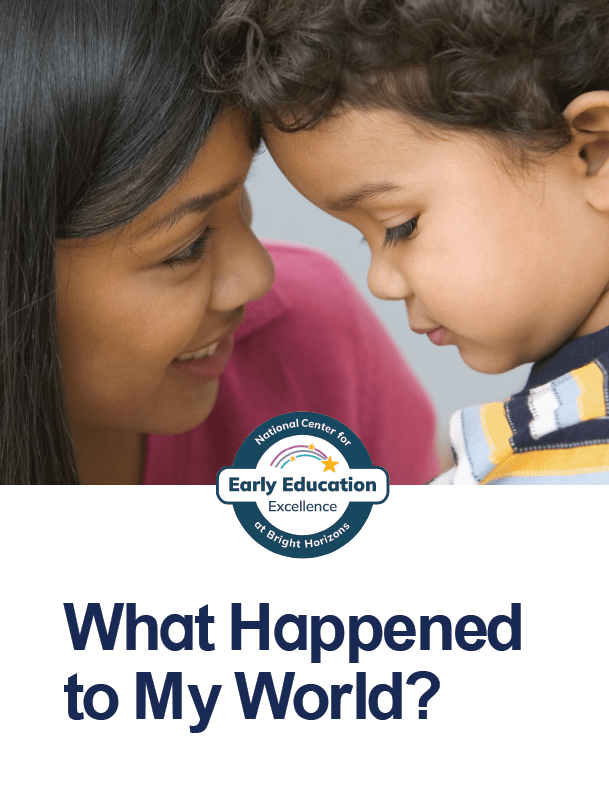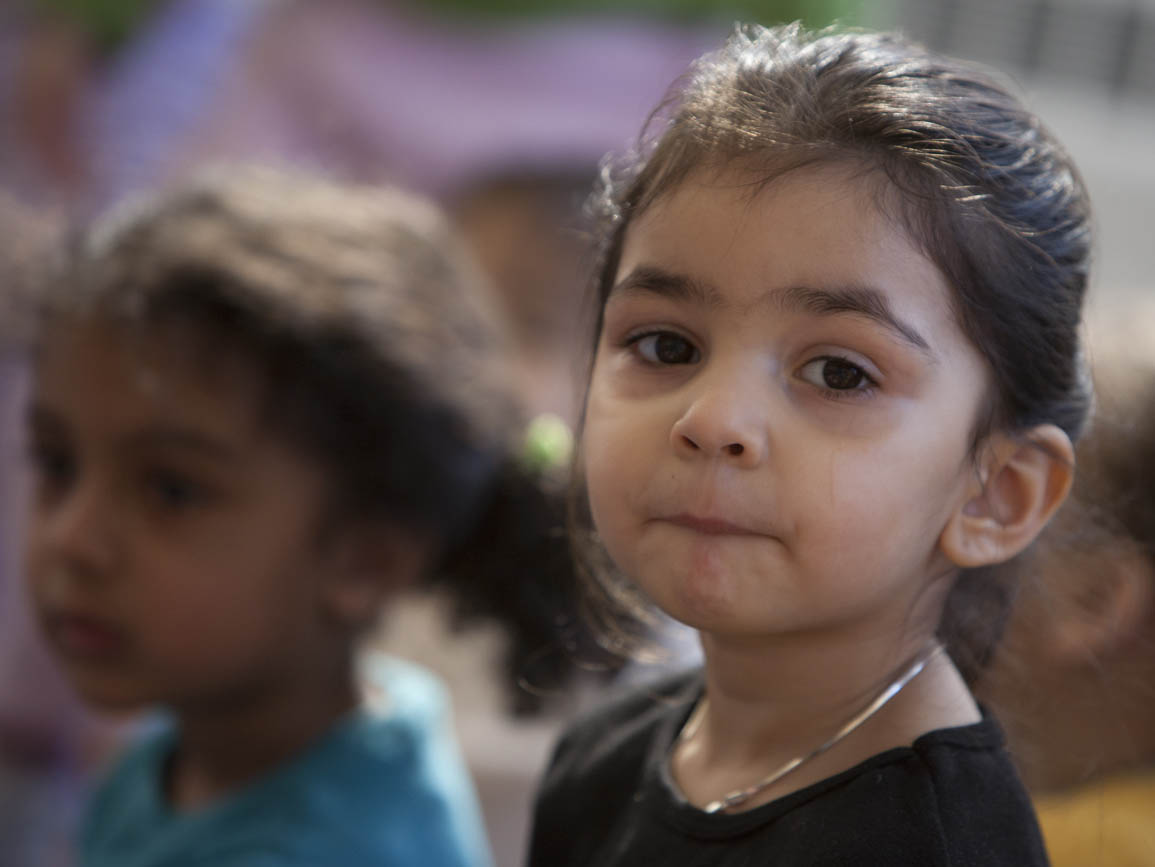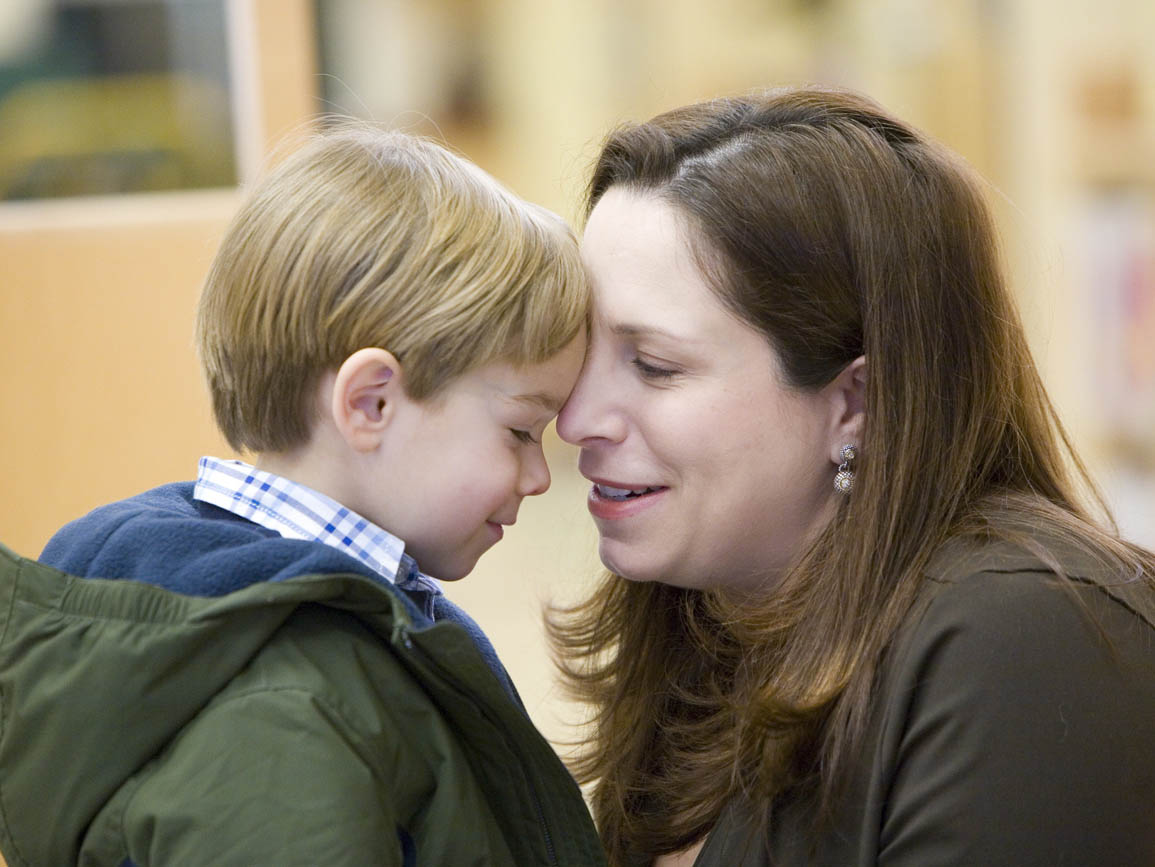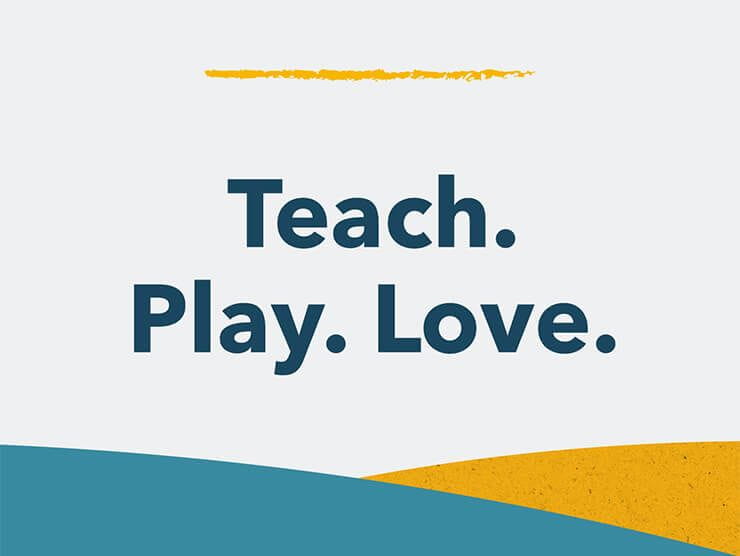The Four Pillars of Security
There’s nothing more fundamental than the need to feel secure. Children depend on four pillars of security to help them face life’s struggles: people, places, routines, and rituals.
| LEARN MORE |
Understanding the Children We Support
Children’s responses to catastrophe are influenced by their development readiness and life experiences. Build your capacity to support children by strengthening your understanding of social-emotional development, types of stress and trauma, risk and protective factors, and resilience.
| LEARN MORE |
Answering Children's Questions About Death
When children ask why people (or pets) die, the answer is a developmentally appropriate version of “Everything that is alive dies sometime. Death is a part of life.” You can create a climate of security with thoughtful responses — and the way you react matters, too.
| LEARN MORE |
Answering Children's Questions About Natural Disasters
Children may have questions about hurricanes, wildfires, earthquakes, and more. After surviving a natural disaster, children may ask about returning home or worry that it will happen again.
| LEARN MORE |
Answering Children’s Questions About Poverty, Homelessness, and Immigration
Children may wonder about poverty that they see in their communities or hear about on the news. They may ask questions such as “Why don’t some people have homes?” or “Why do people want to come to our country?”
| LEARN MORE |
Answering Children’s Questions About Violence, War, Terrorism, and Hate Crimes
Children’s awareness of these topics will vary widely, but their questions often come down to the same essential point: “How could such a thing happen?” While there are no easy answers, you can tailor your response to address children’s underlying concerns and help them feel supported.
| LEARN MORE |
Answering Children’s Questions About Race and Prejudice
For many adults, talking to children about race, identity, and prejudice may feel particularly sensitive. Use clear, straightforward language to talk about differences with young children and to clarify terms and definitions for older children.
| LEARN MORE |
Answering Children's Questions About Public Health Emergencies
In a pandemic or other public health crisis, just knowing that adults will keep them informed may help reduce children’s anxiety. Try to balance honest answers with being as calm and positive as you can.
| LEARN MORE |
Support for Adults
In a pandemic or other public health crisis, just knowing that adults will keep them informed may help reduce children’s anxiety. Try to balance honest answers with being as calm and positive as you can.
| LEARN MORE |
Preparing Children to Live in the World
What can do before a catastrophe occurs to help children be, or at least feel, more prepared? There are practical ways you can increase emergency preparedness, but also many more proactive strategies to help children grow into good people and good citizens.
| LEARN MORE |
Resources
Explore the topics introduced in this resource more in depth through websites and children’s books.
| LEARN MORE |




